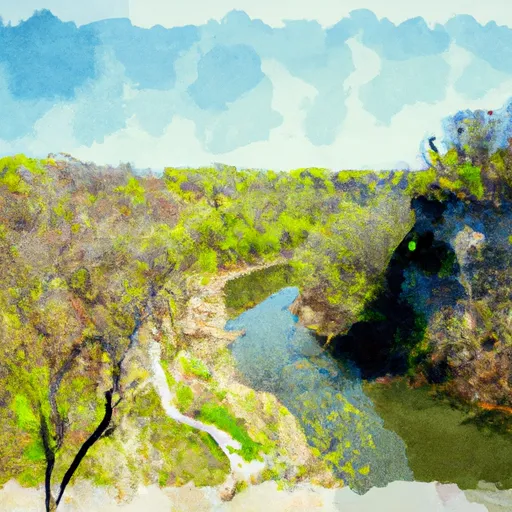°F
°F
mph
Windspeed
%
Humidity











Briggsville is a small village located in Marquette County, Wisconsin. The area experiences a humid continental climate, with warm summers and cold winters. The community is situated near several bodies of water, including Lake Mason and the Wisconsin River, which provides ample opportunity for fishing, boating, and other recreational activities. The area's hydrology is characterized by numerous wetlands, streams, and groundwater resources, all of which contribute to the local ecosystem. Outdoor enthusiasts can enjoy hiking and birdwatching in the nearby natural areas, and there are several parks and trails in the vicinity for those who enjoy walking or biking. Overall, Briggsville is a charming rural community with plenty of natural beauty and outdoor recreation opportunities to explore.
Weather Forecast
Briggsville receives approximately 872mm of rain per year, with humidity levels near 81% and air temperatures averaging around 8°C. Briggsville has a plant hardyness factor of 5, meaning plants and agriculture in this region thrive during a short period during spring and early summer. Most plants will die off during the colder winter months.
Regional Streamflow Levels
61
Cubic Feet Per Second
1,720
Cubic Feet Per Second
6,600
Cubic Feet Per Second
392
Cubic Feet Per Second
Nearby Camping
| Camping Area | Reservations | Toilets | Showers |
|---|---|---|---|
| Buccaneer State Park | |||
| Walkiah Bluff Water Park | |||
| McLeod Water Park | |||
| Little Black Creek Waterpark | |||
| Lake Mike Conner | |||
| Dry Creek Water Park |



